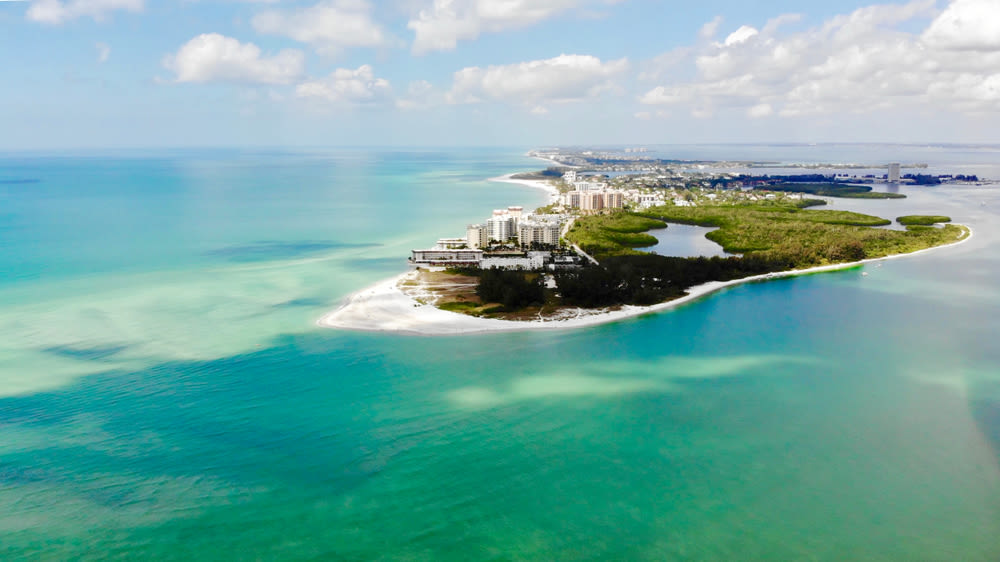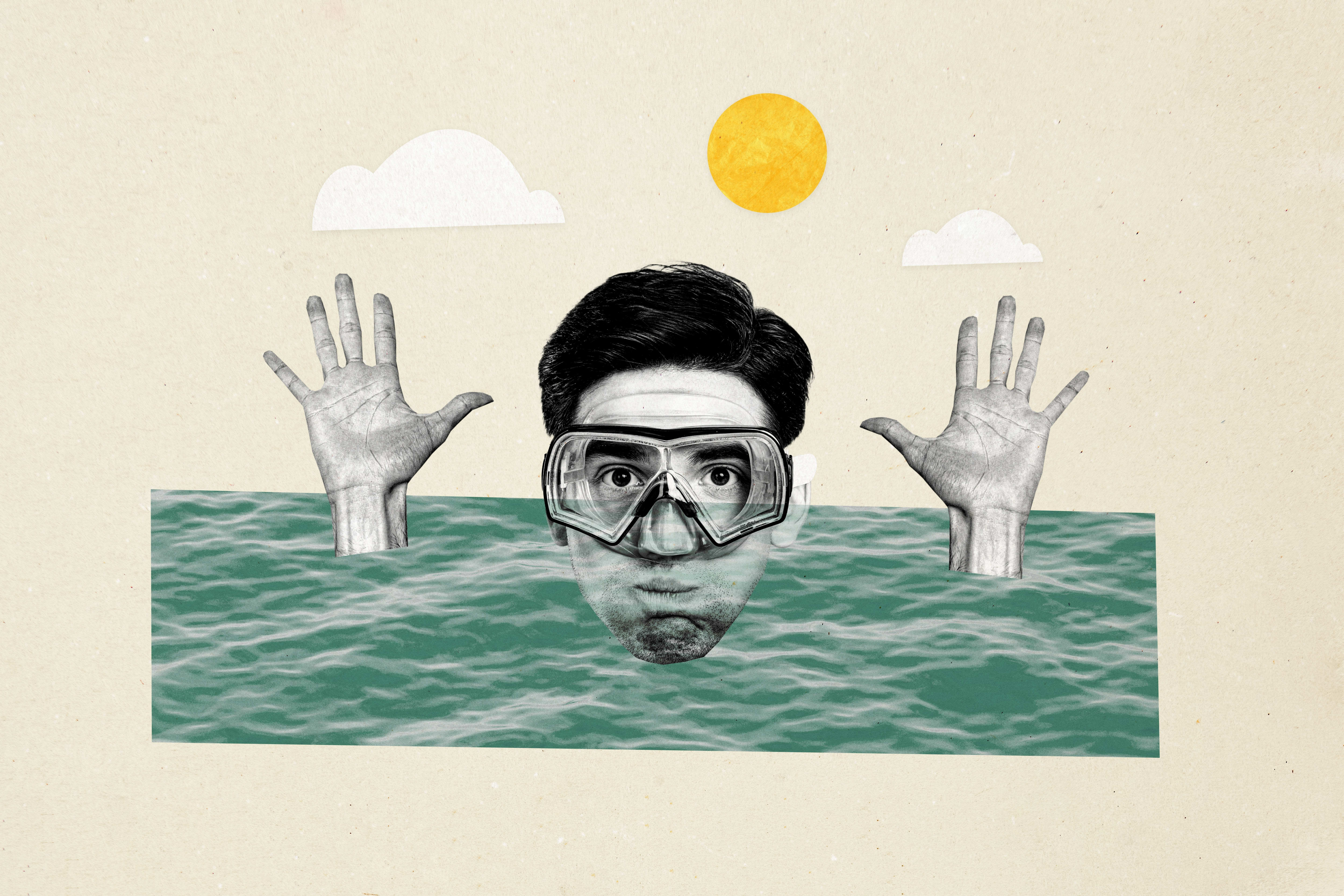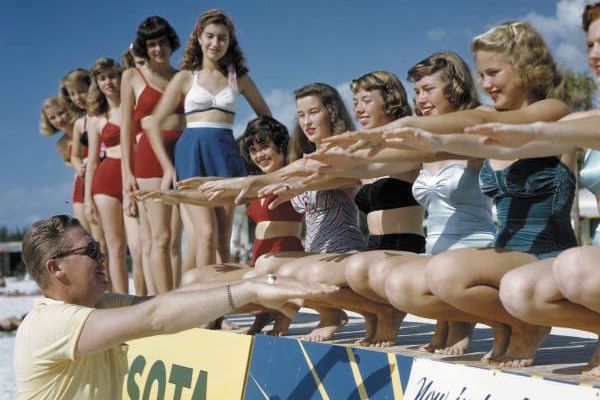Your Guide to Sarasota Beaches

Image: Shutterstock
13 Winning Beaches
Coquina Beach. A long, uninterrupted stretch of public shoreline on the south end of Anna Maria Island. Ample parking along the road or in a large lot to the south, where you’ll also find concessions, restrooms and a big picnic area.
Longboat Key. A dozen public beach access points do exist on this 10-mile-long residential island. You just need to know where to find them. Visit the town of Longboat Key’s website, longboatkey.org, for addresses.
Lido Beach. Within walking distance of St. Armands Circle’s shops and restaurants, Lido Beach has year-round lifeguards, ample parking, a concession stand, wheelchair access and a public swimming pool.
Ted Sperling Park at South Lido Beach. The confluence of Big Pass and the Gulf of Mexico is a favorite spot for picnicking, with tables, grills, a playground and nature trails. Popular with boaters and kayakers, especially on weekends. No lifeguards on duty; beware strong currents.
Siesta Beach. The crown jewel of Sarasota’s public beaches, it was named America’s No. 1 beach by Dr. Beach in 2011 and again in 2017, and by TripAdvisor in 2015. A $21 million renovation has yielded lots of handsome picnic pavilions, a great kids’ playground, new concession/restroom building and more.
Turtle Beach. This quiet beach on south Siesta Key has a playground, picnic pavilion, fishing pier, handicapped-accessible boardwalk, restrooms and ample parking. A kayak launch, too, for boaters to explore the adjacent lagoon and natural wetlands. Adjacent to it is the county’s only beachfront campground. No lifeguards on duty.
Nokomis Beach. Sarasota County’s oldest public beach has a boat launch, playground, picnic tables, snack bar and a popular weekly drum circle. The 1950s-era Nokomis Beach Plaza has been restored to its midcentury modern glory. Five walkovers protect the dunes and shoreline. On Casey Key; lifeguards are on duty year-round.
North Jetty Beach. Florida’s west coast is not a surfing hotspot, but the jetties, meant to battle erosion, help to create decent-size surf with regularity. (They’re also home to some great fishing, as resident anglers will attest.) Bait shop and concession stand, plus year-round lifeguards, restrooms and volleyball and horseshoe courts.
Venice Beach. Treasure hunters and beachcombers flock to this beach to search for fossilized sharks’ teeth. The Venice Beach Pavilion houses a concession stand. Year-round lifeguards, plus beach wheelchairs, picnicking, restrooms and well-loved beach volleyball courts.
Brohard Beach and Paw Park. Between Venice and Caspersen beaches, Brohard Beach is the county’s only public dog-friendly beach. The Paw Park has fenced-in grassy areas, and four-legged friends can also romp through the water and along the beach. Picnic tables and restrooms, but no lifeguards.
Caspersen Beach. This unspoiled stretch of natural coastline south of Venice is a prime place to find fossilized sharks’ teeth. A short nature trail leads to nearby marshlands, or just kick back and enjoy the peace and quiet. Nature lovers enjoy the walking trail that leads to the Venetian Waterway Park. Restrooms and picnic area, but no lifeguards.
Manasota Beach. Gulf beach access as well as boat docks along the Intracoastal Waterway that double as boardwalks for exploring the mangroves. Year-round lifeguards, beach wheelchairs, picnic tables and shelters, fishing, restrooms, too.
Blind Pass Beach. This quiet, narrow stretch of beach-to-bay, on Manasota Key in southernmost Sarasota County, is a secluded spot perfect for a nature hike or quiet beach picnics surrounded by serene Florida flora. Great for shelling and finding sharks' teeth. Canoe launch, fishing, restrooms and playground, but no lifeguards.



